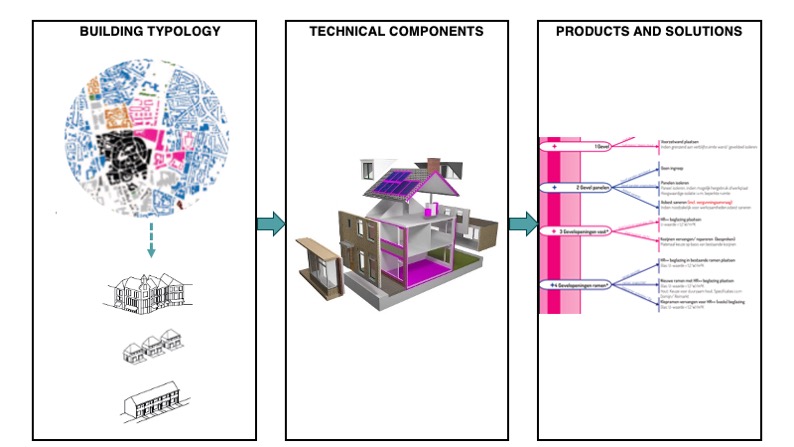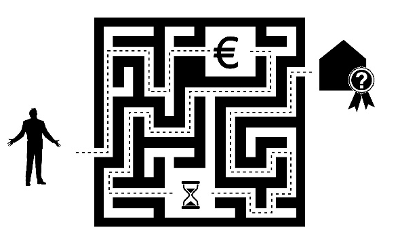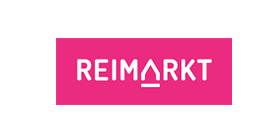
Reimarkt is a One-Stop-Shop for energy efficiency renovations in the east of the Netherlands. The shop was founded in 2014 and has been involved in the renovation of more than 6,000 buildings. Its main specialization is the renovation of buildings owned by social housing companies (there is a large number of them in the Netherlands).
Organising renovations for social housing companies provides a great platform for developing products, processes, etc. The experience made in renovating buildings owned by social housing companies can be utilized when renovating individual homeowners’ houses. Over time this could lead to a shift in Reimarkt’s main focus from social housing companies to individual homeowners.
Our goal is to minimize the costs usually incurred in preparing a renovation and to use the money for the main goal: reducing CO2 emissions.

Individual homeowners typically ask multiple contractors for renovation quotes and ultimately spend an average of only €5,000 for their renovation. As a consequence, most contractors avoid this type of clients altogether. ‘The juice is not worth the squeeze’. However, six out of ten buildings are owned by individuals. Since these buildings are responsible for the largest share of CO2 emissions in the housing sector, it is crucial to increase their renovation rate. Our goal of minimizing preparation time and costs is therefore of high importance.
Characteristics of the Dutch building stock
A large share of the Dutch building stock was built after the second world war. Due to the high demand for housing and the lack of materials and contractors, houses built between 1945 and 1970 have some common characteristics: They are very similar in construction technique and form and consume a lot of (expensive) energy. These similarities also present an opportunity:

Thinking in similarities instead of differences opens the door to a number of things like:
- Clustering similar houses in the ‘sale strategy’ throughout the Netherlands (using smart algorithms)
- Developing products with an ongoing feedback loop
But most importantly: reducing time spent and costs before the actual renovation, which in turn make renovations of individually owned houses attractive for all parties involved.
Services

- Consulting / advice
- An offer tailored to the needs of the owners (with pre-defined products and solutions)
- If the offer is accepted: the actual renovation with one of the Reimarkt partners
- Support with the application of different subsidies provided by the government
- After sales (e.g., help with problems if they occur)
For the social housing companies we provide a slightly different service. The biggest differences are frequently the number and size of houses to be renovated and the budget available for a renovation. As mentioned before, most of the research needed for product development is commissioned by these companies.
Partners
To make all this possible, we mainly work with social housing companies, a research institution and a ‘consortium’ of four contractors, where each contractor has several co-partners.
On a ‘if needed‘ contract principle we also collaborate with a range of experts such as a building physics specialist, construction engineers, fire prevention specialists, marketing specialists and more recently biodiversity specialists (renovating a building can have a huge impact on nesting birds that are protected by law).
Impact
Since the opening of the first Reimarkt shop we have been involved in more than 6,000 renovation projects. Currently, we renovate about 1,000 buildings per year. Of these buildings, around 900 are owned by social housing companies. Renovation costs and CO2 reduction vary widely.
The average homeowner invests €5,000 (most often 2 products) and social housing companies invest up to €80,000. The latter also include regular maintenance and try to achieve the goal of a CO2–neutral building with a single renovation. Individual homeowners more frequently proceed step by step and, therefore, only attain this goal gradually.

